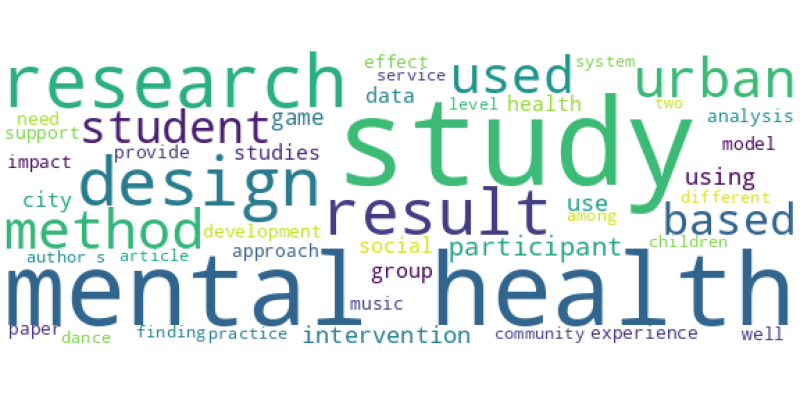| Id | 2820 | |
| Author | Sadeghi A.R.; Shahvaran F.; Gholami A.R.; Feyzabi T. | |
| Title | Toward behavior-based placemaking: the evolution of place concept in urban design knowledge | |
| Reference | Sadeghi A.R.; Shahvaran F.; Gholami A.R.; Feyzabi T. Toward behavior-based placemaking: the evolution of place concept in urban design knowledge,International Journal of Human Capital in Urban Management 7 3 |
|
| Link to article | https://www.scopus.com/inward/record.uri?eid=2-s2.0-85141704954&doi=10.22034%2fIJHCUM.2022.03.05&partnerID=40&md5=717c18f8f89c2eba2e2bcc8ebb4dd418 |
|
| Abstract | BACKGROUND AND OBJECTIVES: The concept of place as a multidimensional approach in the evolution of urban design concepts has always sought to improve the quality of urban environments and spaces. “Place” results from humans' environmental experiences and cognition of space which is perceived through meaning in people's minds within the interaction of humans and place. Placemaking is considered a participatory process and a practical approach for urban designers, which can be implemented by improving the physical quality of urban spaces. In urban design studies, several perspectives have been proposed regarding the structure of the place model. This paper aimed to examine the evolution of placemaking in urban design theories to propose a place model based on behavior. How and in what way behavior can contribute to the formation of place is the primary question of this research. In other words, what is the role of behaviors analysis and behavioral patterns in the formation of an urban place? METHODS: Descriptive-analytical method is used to review the concept of place and its conceptual evolution to provide placemaking recommendations and suggestions based on the proposed place model. In the case study section, Studies have been done using behavioral observation tools such as place-based graphic maps, movement path tracing of individuals, and recording various behavioral patterns by time intervals at the Hafezieh intersection, Shiraz, Iran. FINDINGS: The results of analyzing behavioral maps of Hafezieh intersection and recommendations from global experiences regarding public life and behavioral studies revealed that the combination of four aspects of form, function, meaning, and ecosystem with emphasis on the specific role of behavioral studies could lead to flourishing placemaking. CONCLUSION: Paying attention to the role of behavior-based placemaking in recent urban thoughts can promote sustainable urban design and determine optimal policies for social interactions, communication, and the importance of human behaviors that define a thriving place and support its constant progress. © 2022 by the Author(s). |
|
| Keywords |
Wordcloud:



